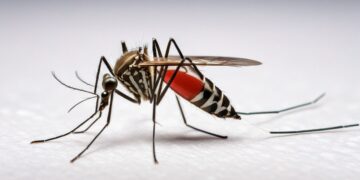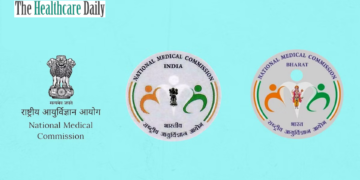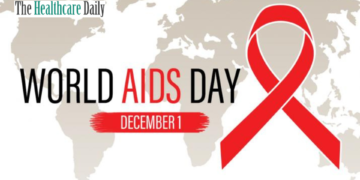COVID-19 causing SARS-COV-2 is a respiratory virus which attacks different people differently. However, the one recognizable symptom which points to signs of trouble early on is the presence of a dry cough, aka, the infamous COVID cough.
While coughing is the body’s natural mechanism to expel out irritants, differentiating a normal cough from a COVID cough can help you take timely action.
Experts say that nearly 80% of the patients diagnosed with COVID-19 suffer from mild symptoms, which include a cough, slightly high fever, headache or shortness of breath. Only 20% or those with co-morbidities suffer from severe complications. Hence, paying attention to milder symptoms can prevent complications and help a person recover faster.
Studies conducted in the recent months suggested that of all mild symptoms, most people diagnosed with COVID-19 recorded a hoarse, dry cough as a prominent symptom in the early days of infection.
While a dry cough is usually characterized in COVID diagnosed patients, it is not particular or unique to COVID-19. A dry cough is a cough which is produced without sputum or phlegm. Since it doesn’t bring up any kind of mucus, it is considered to be a ‘non-productive’ cough.
A dry cough feels like a constant tickle in the back of your throat. It can trigger a cough reflex and produce a hoarse sound when you speak.
While dry cough can feel bothersome and more troublesome to manage, dry coughs can also happen with other forms of allergies and infections such as bronchitis or forms of the common cold.
Read complete article here





















